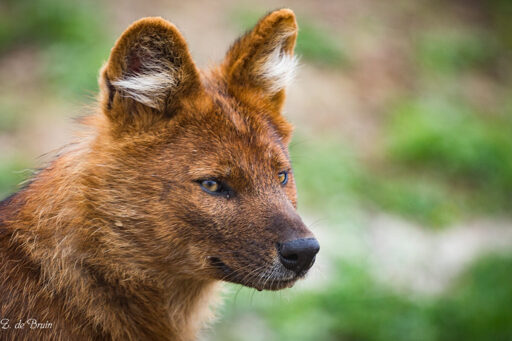Once widespread throughout much of Asia, the wild dog known as the dhole has disappeared from more than 75% of its historical range, according to the IUCN, the global wildlife conservation authority. In Nepal, there are an estimated 500 dholes (Cuon alpinus) remaining, but recent sightings suggest they may be making a comeback. This has prompted the government to launch a 10-year plan to improve understanding and awareness about the endangered species and initiate conservation actions, Mongabay’s Abhaya Raj Joshi reported in June. The action plan has an estimated budget of 262.9 million rupees ($1.9 million). Around 36% of it is planned to be shared from funding allocated to conservation plans for species, such as tigers (Panthera tigris) and snow leopards (Panther uncia), said Ambika Khatiwada, a researcher with the National Trust for Nature Conservation. Dholes are severely threatened in Nepal, where they have to compete with other apex predators like tigers and leopards, forcing them to the margins of protected areas, researchers say. Other threats include habitat fragmentation, conflict with humans, and a shrinking prey population. However, a 2024 study shows a possibly rebounding dhole population based on camera-trap images, documentation of fresh droppings and tracks, as well as reports from herders and forest rangers. The findings suggest that a small population of dholes is returning to the Annapurna Conservation Area and the Tinjure-Milke-Jaljale corridor in eastern Nepal. The new action plan cites other studies suggesting that dholes have returned to several national parks in the plains and the mountains…This article was originally published on Mongabay
From Conservation news via this RSS feed


